Jaguars are, of course, the Pantanal’s main attraction. Normally elusive and difficult to spot, the open waterways of the Pantanal make photographing jaguars easier than just about any other place in Central and South America. I was not disappointed, managing to photograph plenty of jaguars during my visit. I saw (and photographed) jaguars almost every day, and one day was lucky to see four!
In Mayan mythology, the jaguar was seen as the ruler of the Underworld. As I photographed this magnificent cat resting in the jungle, I imagined that it was guarding an entrance to a dark, secret world. I used flash to balance the exposure between the shadowed cat and the sunlit leaves.
Canon 5DIII, Canon 200-400mm f/4 lens with built-in 1.4x converter, flash, ISO 1000, f/5.6, 1/250 second.
Of course, you’ll see more than just jaguars when visiting the Pantanal. The number of bird, mammal, and reptile species in these immense wetlands is simply staggering, and in the open marshes of the Pantanal, all this wildlife is easy to spot. This mating pair of jabiru storks put on quite a show one morning, and I had an open view of their activities after climbing up to a viewing platform.
Canon 5DIII, Canon 200-400mm f/4 lens with built-in 1.4x converter, ISO 250, f/4, 1/400 second.
Among my favorite landscape features of the Pantanal are the giant water lilies found in the marshes. I was lucky one evening to get a colorful sunset, the perfect backdrop for the curving arrangement of lily pads in the foreground.
Canon 5DIII, Canon 16-35mm f/2.8 lens, 2-stop reverse graduated neutral density filter, ISO 100, f/9, 0.6 seconds.
Yacare caiman were everywhere: some were small, while others were big brutes almost ten feet long. One evening as storm clouds built, I hopped out on a sandbar looking for something interesting to serve as a foreground in a wide-angle shot. I nearly stumbled upon this big caiman while exploring the shore, not noticing it until I heard it hissing at me! I couldn’t resist of few quick shots with the storm clouds in the background, after which I quickly backed away.
Canon 5DIII, Canon 16-35mm f/2.8 lens, ISO 1000, f/8, 1/30 second.
I made many amazing memories while in the Pantanal; my encounters with jaguars, of course, stand out the most. There is something awe-inspiring about these magnificent animals that is hard to translate into words or even pictures. It is, quite simply, something everyone should experience.
To see more of my Pantanal photos, visit my website.
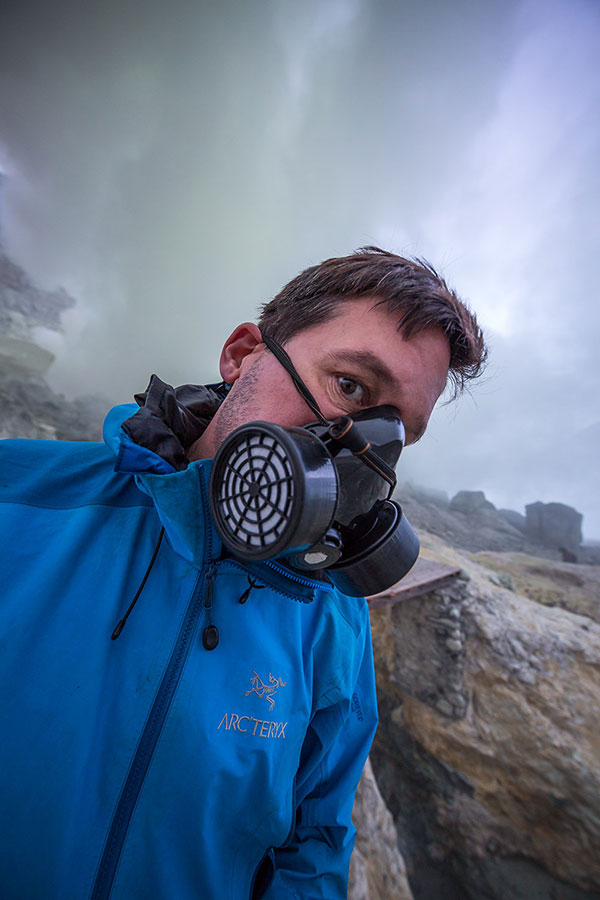 About the author: World-renowned professional photographer and Tamron Image Master Ian Plant is a frequent contributor to several leading photo magazines and the author of numerous books and instructional videos. You can see more of Ian’s work at www.ianplant.com.
About the author: World-renowned professional photographer and Tamron Image Master Ian Plant is a frequent contributor to several leading photo magazines and the author of numerous books and instructional videos. You can see more of Ian’s work at www.ianplant.com.
Have something to add to the story? Leave a comment or email editor@outdoorphotographyguide.com.
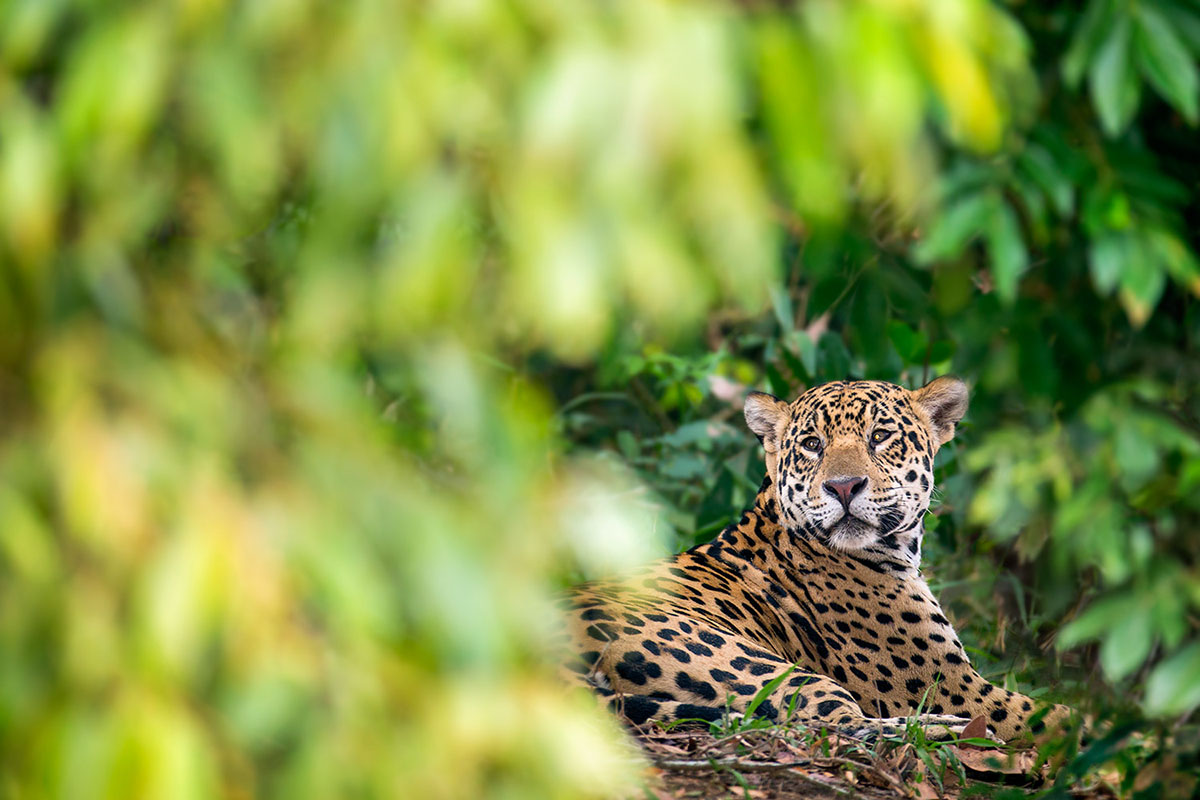
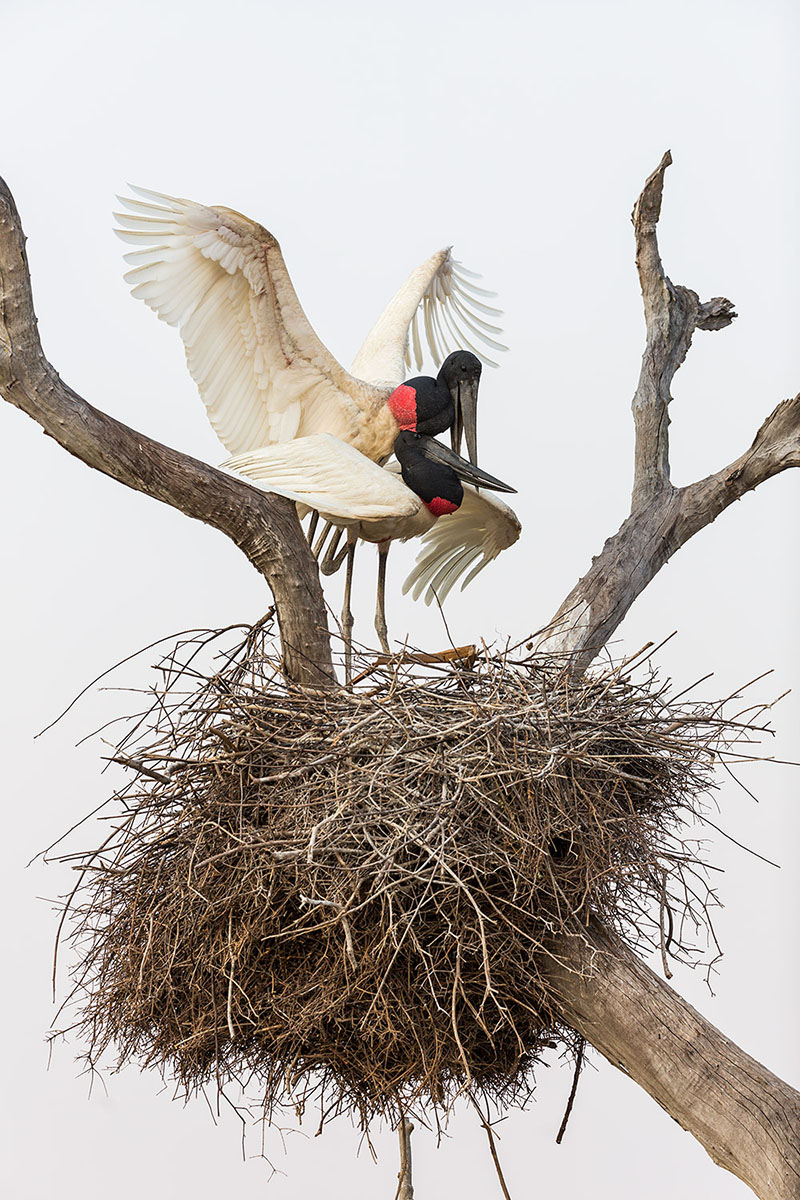
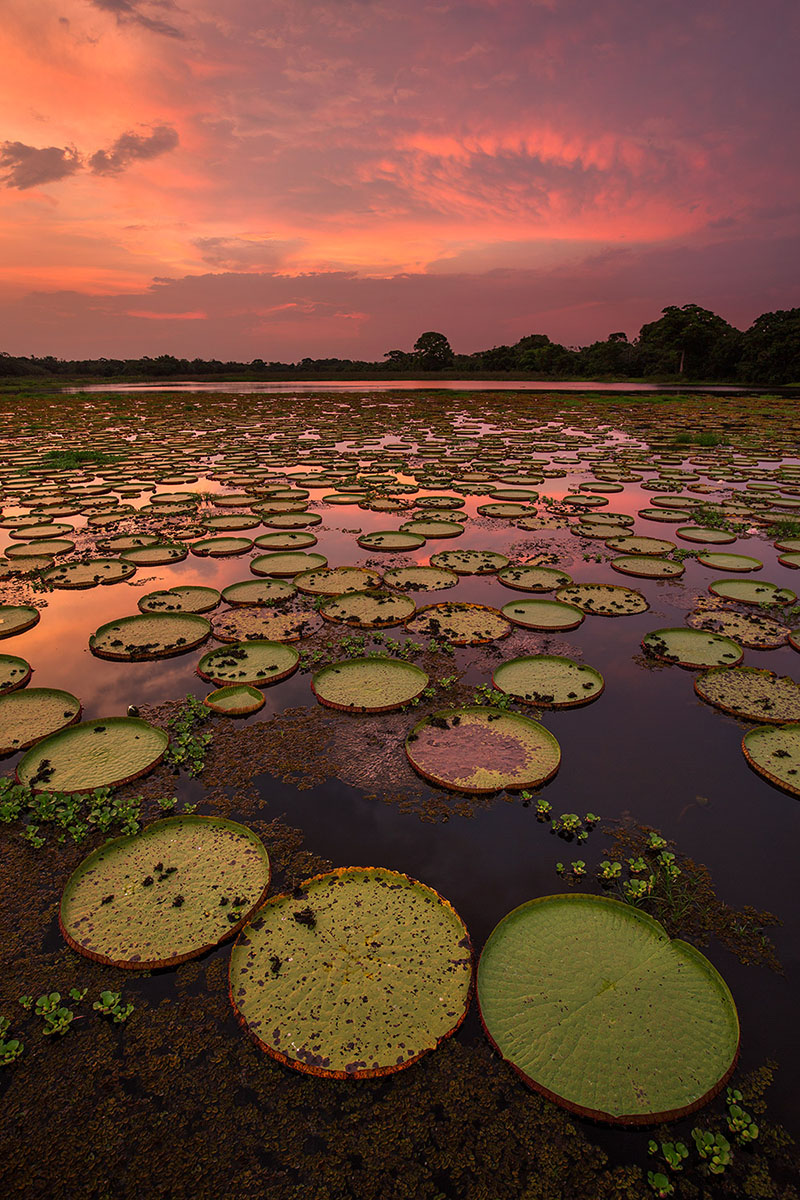
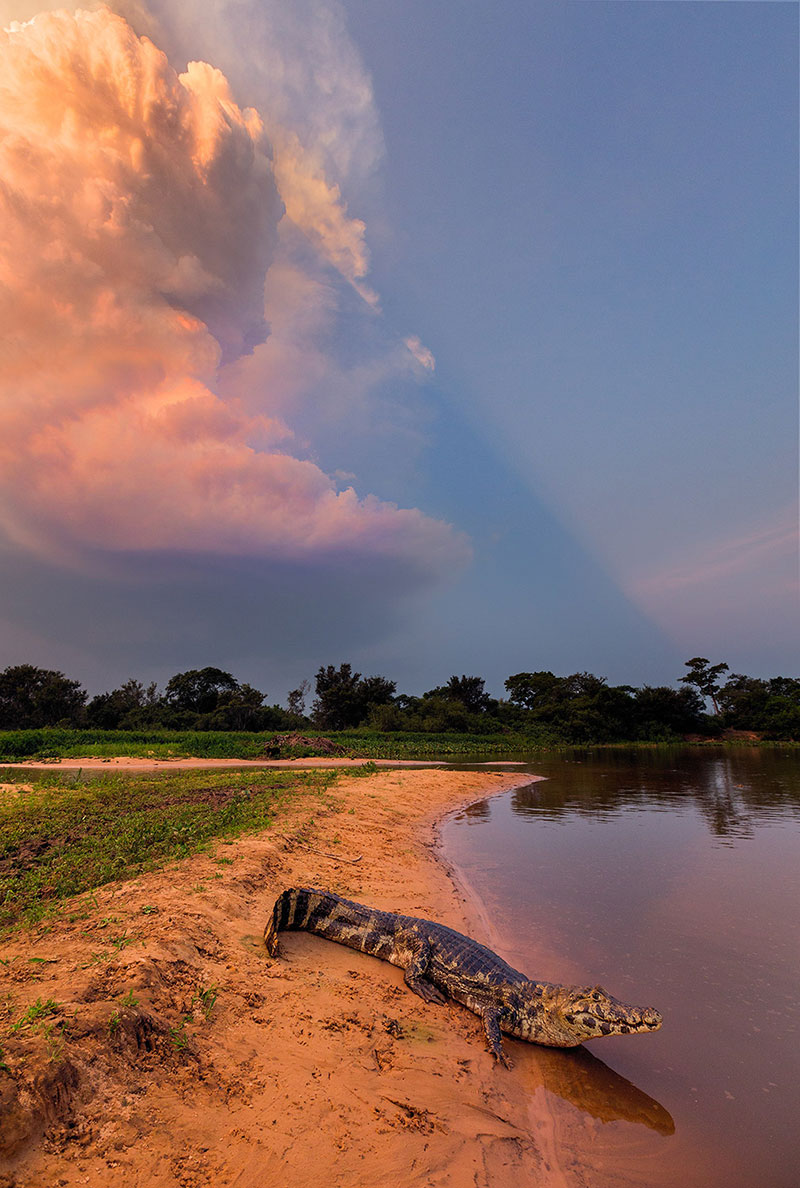
Thanks. Great pics!
Hi Ian, I am a big fan of your work. I´ve read some of your ebooks and I am always following your steps here. Can you please tell me when is the best time of the year to go down there? especially to photograph jaguars and if you can recommend me a guide. Thanks a lot !!!
Beautiful images, and a nicely detailed posting!! Thanks for sharing your work. Working with birds for the most part, this would be a "bucket List" area for me to spend some time.